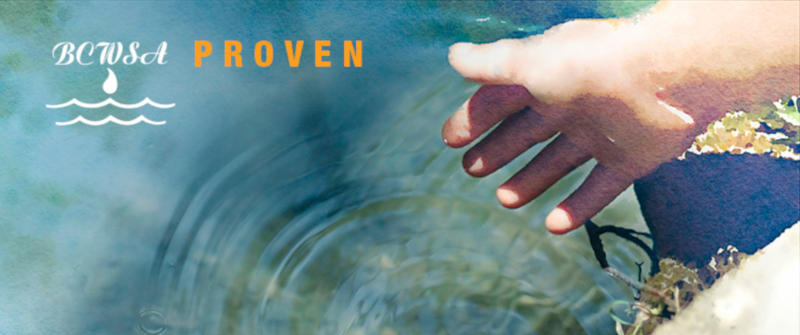Updated: April 24, 2015
Nonpoint sources of water pollution, also called polluted runoff, result from rainfall that runs off the land and into waterbodies. This runoff can carry with it sediments, nutrients, bacteria, chemicals or metals. Nonpoint sources are not conveyed by a pipe and, therefore, are not strictly regulated by CWA discharge permits.
Rather, they are diffuse, difficult to control sources of water pollution that run off farmland, pastures, construction sites, parking lots or timberland. Nonpoint source pollution can be diminished by land management practices such as wetlands preservation and construction; careful application of fertilizer and manure to crops; street sweeping; and soil erosion controls.
Reproduced courtesy from the Association of Metropolitan Sewerage Agencies (AMSA) –www.amsa-cleanwater.org. The Cost of Clean is also available on AMSA’s web site or by contacting AMSA’s National Office at (202) 833-AMSA.
